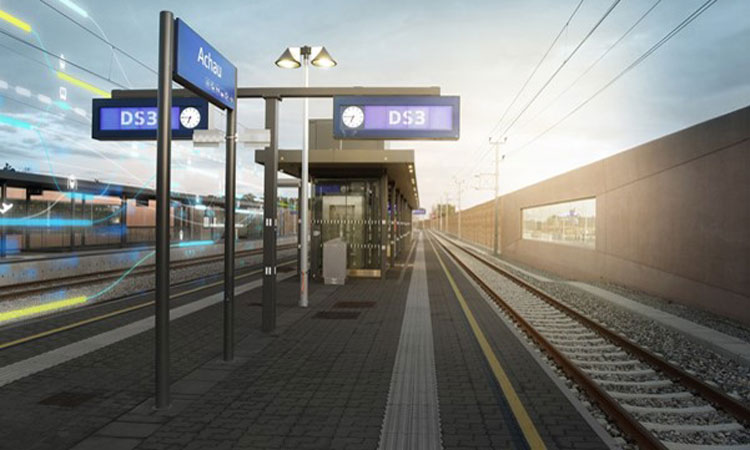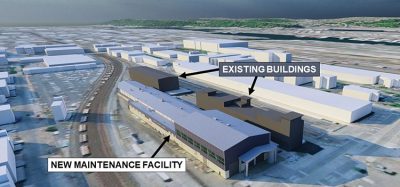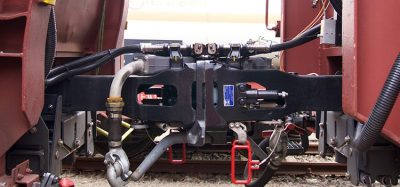ÖBB and Siemens Mobility first digital interlocking architecture in operation
Posted: 1 December 2020 | Global Railway Review | No comments yet
The ‘Distributed Smart Safe System’ (DS3) enables the virtualisation of most signalling components, such as interlocking computers or ETCS computers.


Copyright: ÖBB/Robert Deopito
ÖBB-Infrastruktur AG and Siemens Mobility have put the first digital interlocking architecture into operation at a train station in Achau, Austria. The ‘Distributed Smart Safe System’ (DS3) is an innovative digitalisation solution and the basis for cloud-enabled interlocking.
DS3 “enables the virtualisation of most signalling components, such as interlocking computers or ETCS computers,” explains Michael Peter, CEO of Siemens Mobility. “The trains send their position data by radio link to a central system which ensures safety, sets points, manages routes and sends authorisations to the vehicles.”
The DS3 project presents the first-ever approval of a SIL4 interlocking on a COTS hardware.
ÖBB states that the project will improve safety and security, punctuality and cost efficiency. Signals and points can be smartly controlled, thus enabling innovative diagnoses, predictions of malfunctions and also predictive maintenance.
The digitalisation of DS3 also allows ÖBB to benefit from economic advantages such as predictive, affordable maintenance of installations, while increasing its availability. DS3 boasts lower lifecycle costs compared to other solutions that are available on the international market.
The independent and cloud-enabled signalling hardware of DS3 provides infrastructure operators the opportunity to completely integrate existing installations and systems.
DS3 is the world’s first platform to securely make signalling applications functional and operational on standardised hardware. For the first time ever, the DS3 platform can be used on different, commercially available hardware for various applications and interfaces of rail safety technology: It can form the basis for the digital interlocking and for the radio block center (RBC) in the European Train Control System (ETCS). Moreover, it can be scaled and is compatible with a wide variety of existing systems and supports standards such as Eulynx, Neupro/RASTA.
It enables the centralisation of interlockings, for example at operation control centres, as well as the geo-redundant configuration of systems. As a universally deployable platform, DS3 can be combined with many rail safety technology products, when it comes to interlocking, train protection/RBC, signal controlled warning systems, control technology and others, and can be used in various safety levels (SIL).
Related topics
Digitalisation, European Train Control System (ETCS), Infrastructure Developments, Signalling, Control & Communications, Technology & Software







